This stunning Sulphur Polypore ‘ Laetiporus Sulphureus ‘ often marks its presence whenever branches or trees break…
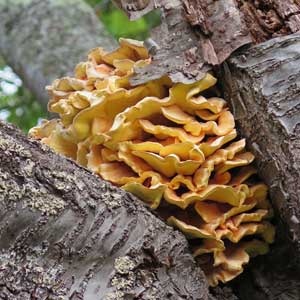
This fungus peculiar yellow to bright orange colour looks like an inflorescence and does not go unnoticed!
You can easily identify this lignivorous fungus from August to November because its fruiting period is annual. Then its fruiting collapses and falls on to the ground.
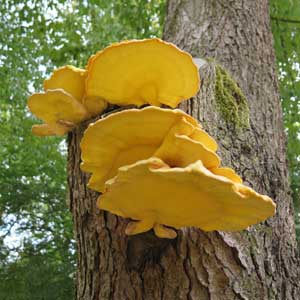 It is a fairly common fungus, which is mainly observed on deciduous trees.
It is a fairly common fungus, which is mainly observed on deciduous trees.
Sulphur Polypore’s characteristics:
Sulphur Polypore is saprobic and settles in the heartwood, often as a result of a tree injury. It colonises only the inner tissues and saves the sapwood (living tissues on the periphery of the trunk).
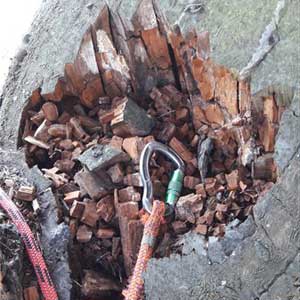 By decomposing the wood, it produces a brown rot (opposite picture). This decomposition can be very fast and can cause the rupture of large branches or trunks, if the latter has spread at the tree collar.
By decomposing the wood, it produces a brown rot (opposite picture). This decomposition can be very fast and can cause the rupture of large branches or trunks, if the latter has spread at the tree collar.
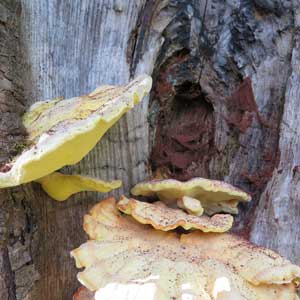 It is very important to keep in mind the presence (and if it is your tree to take a picture) of the Sulphur Polypore because its fruiting appears only at this very precise period of time. And it is important to monitor its development because the tree may show no signs of dieback. However, once altered by this internal rotting, the tree can become dangerous!
It is very important to keep in mind the presence (and if it is your tree to take a picture) of the Sulphur Polypore because its fruiting appears only at this very precise period of time. And it is important to monitor its development because the tree may show no signs of dieback. However, once altered by this internal rotting, the tree can become dangerous!
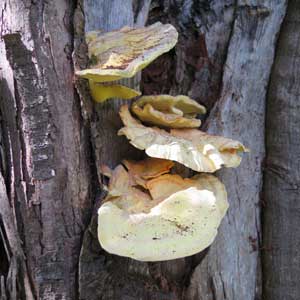 Apart from the fruiting period, this fungus can be detected by a sound analysis using a mallet. But it is often necessary to carry out a thorough diagnosis (resistograph, tomography, root investigations… etc) in order to estimate the thickness of of healthy wood remnant and to evaluate the extent of the internal alteration.
Apart from the fruiting period, this fungus can be detected by a sound analysis using a mallet. But it is often necessary to carry out a thorough diagnosis (resistograph, tomography, root investigations… etc) in order to estimate the thickness of of healthy wood remnant and to evaluate the extent of the internal alteration.
This doesn’t mean however, that the tree is doomed to death!
If the ‘ acceptable’ risk thresholds are not exceeded, the tree can be preservec and can be perfectly vigorous.
Trees resist to infection by compartmentalizing fungus. It develops chemical barriers (phenols) and then mechanical barriers (different and reinforced cells) that limit the progression of theses organisms. As a last resort, it creates impassable internal tissues and insulates the polypore inside the wood. The fungus-induced rot will transform into a cavity but will no longer evolve inside the tree.
Only time and a regular follow-up can determine whether the fungus continues to evolve or if the tree manages to defend it.

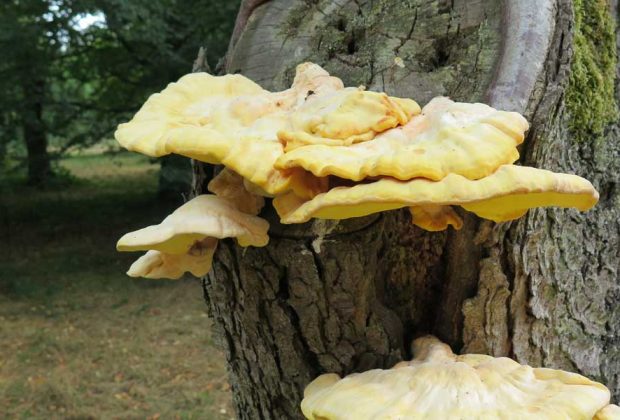
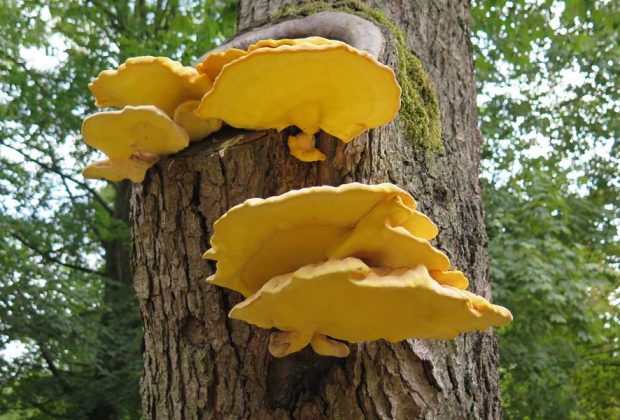
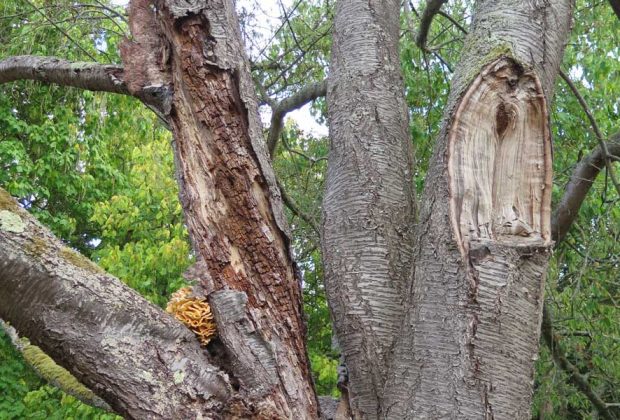
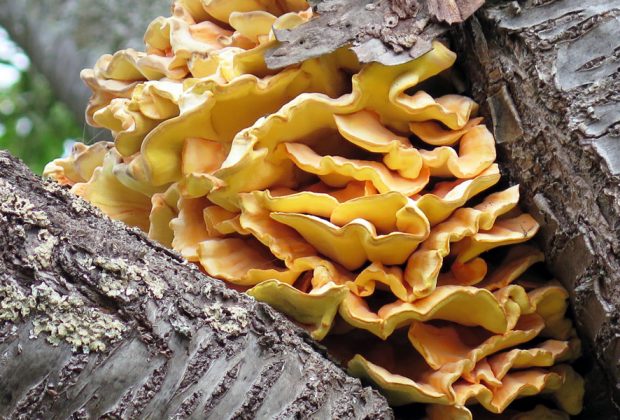
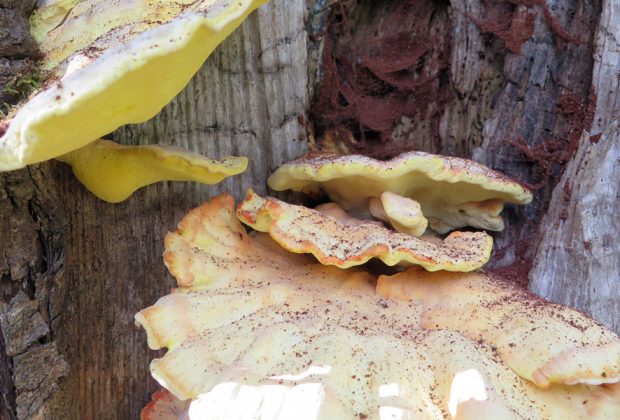
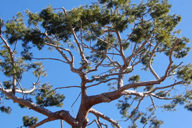
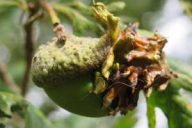
 (33)07 60 50 08 70
(33)07 60 50 08 70






